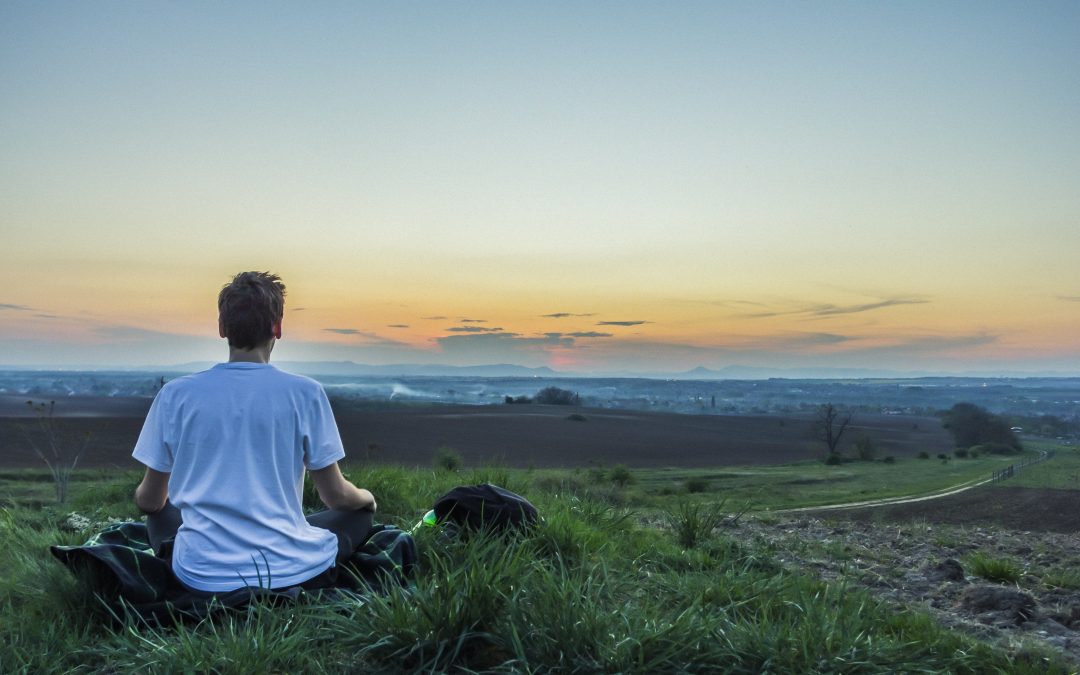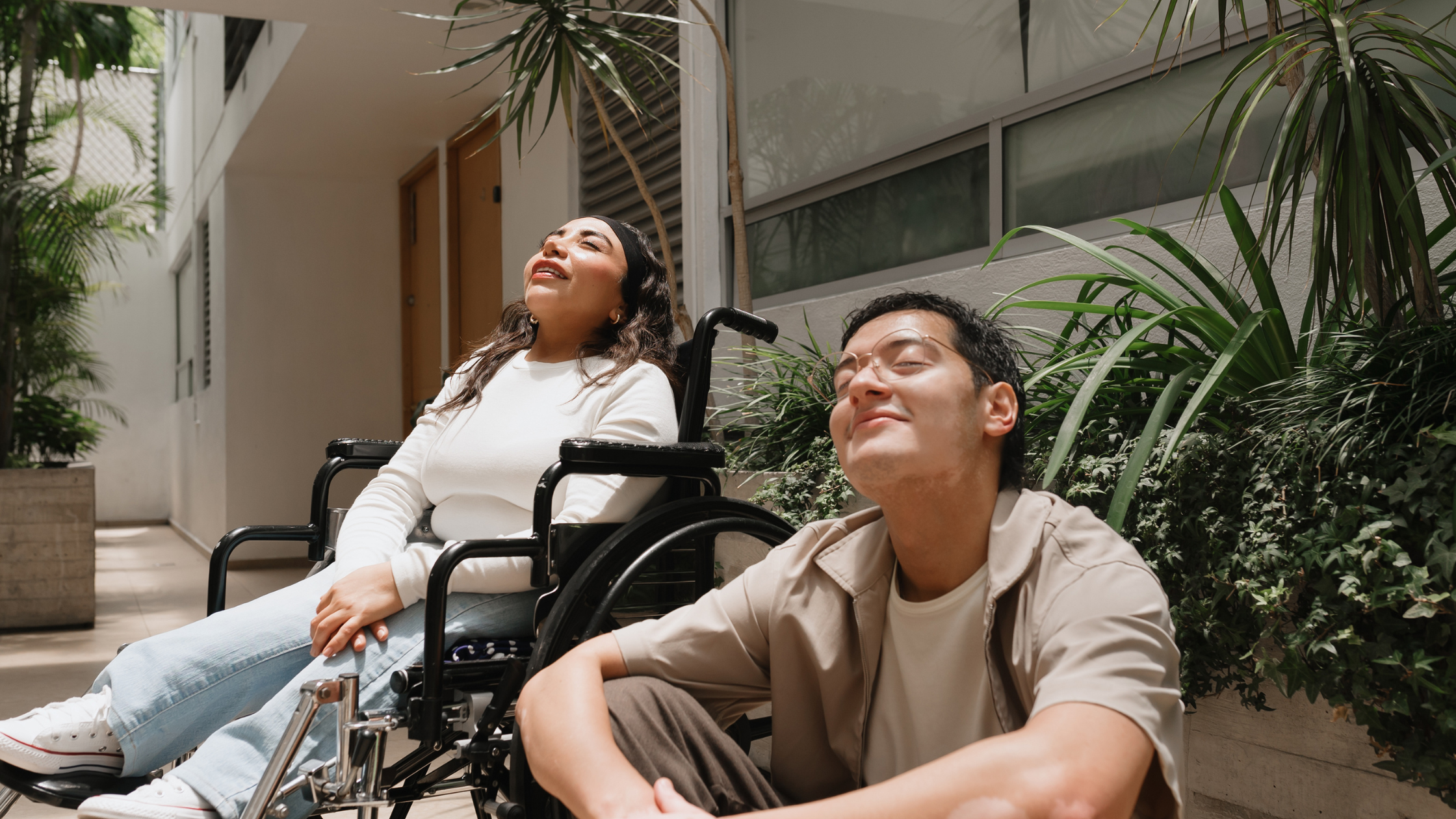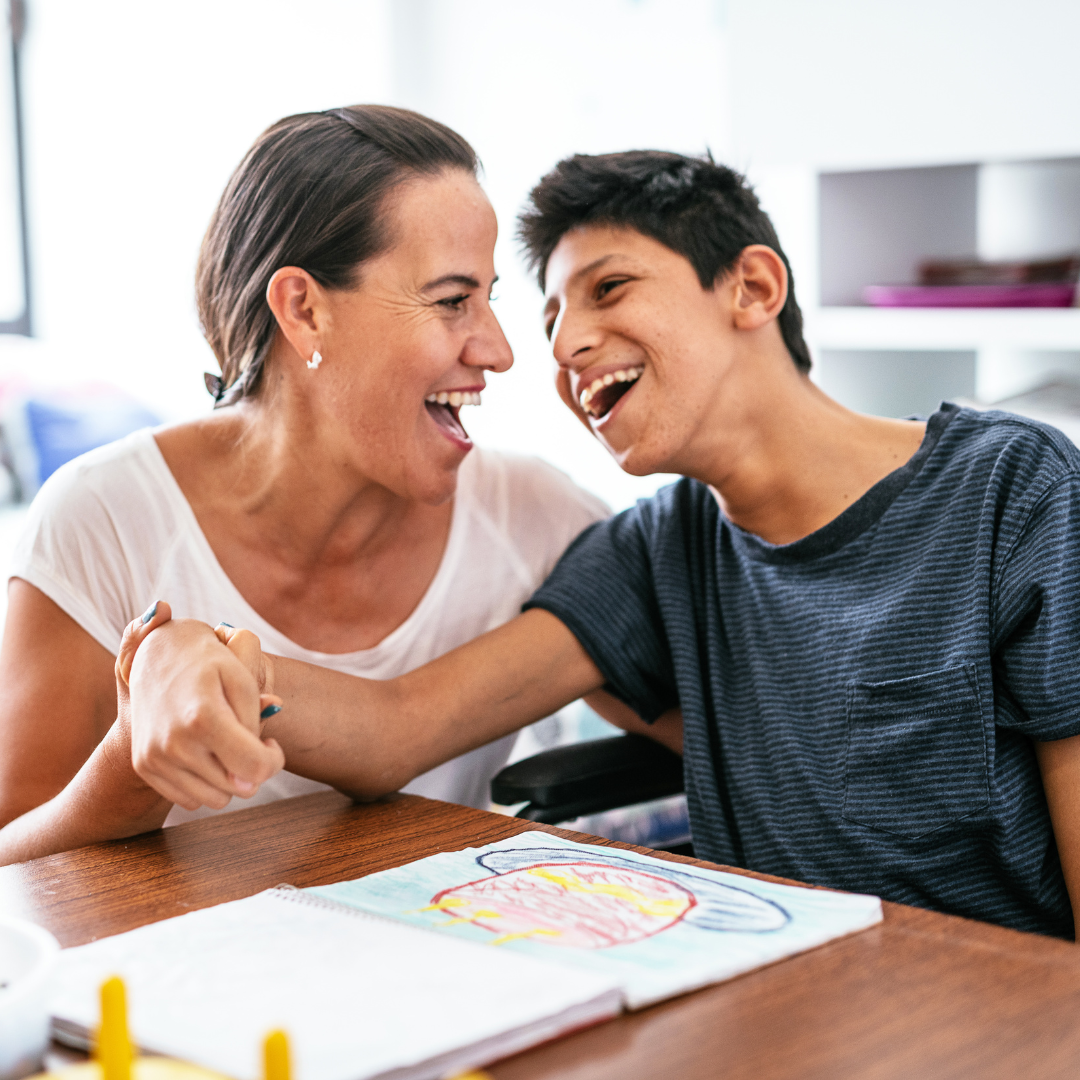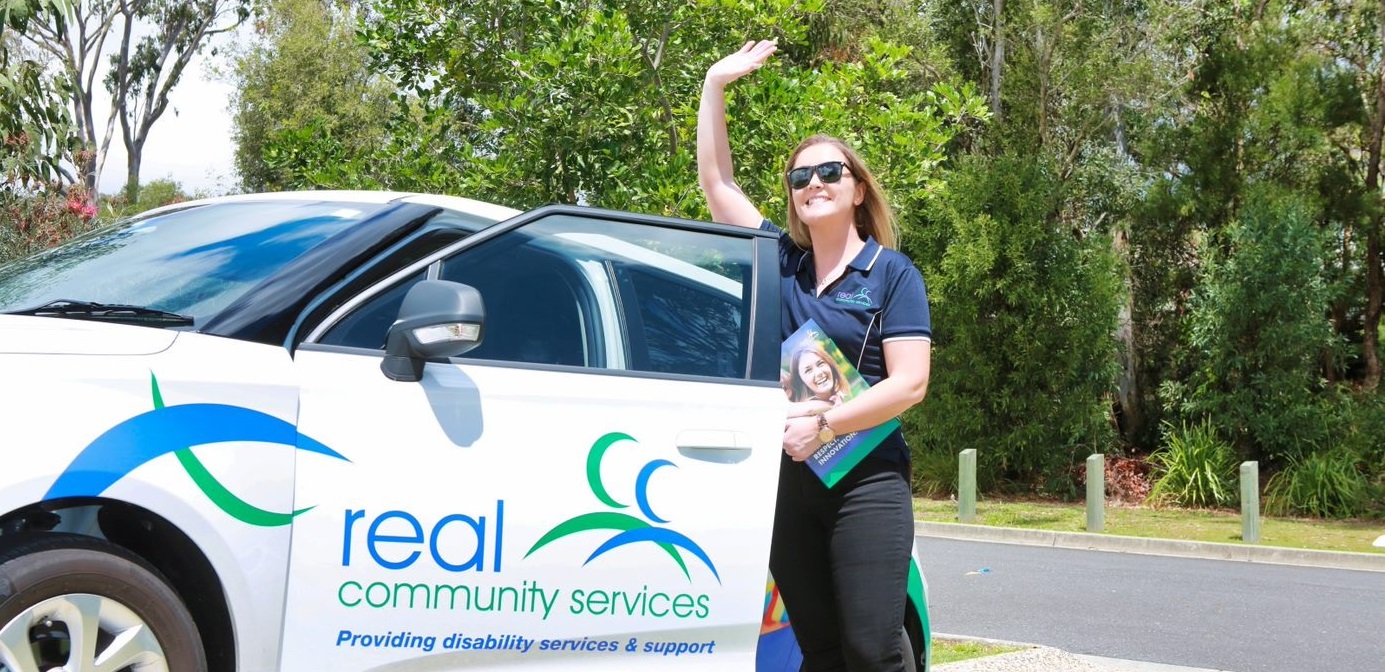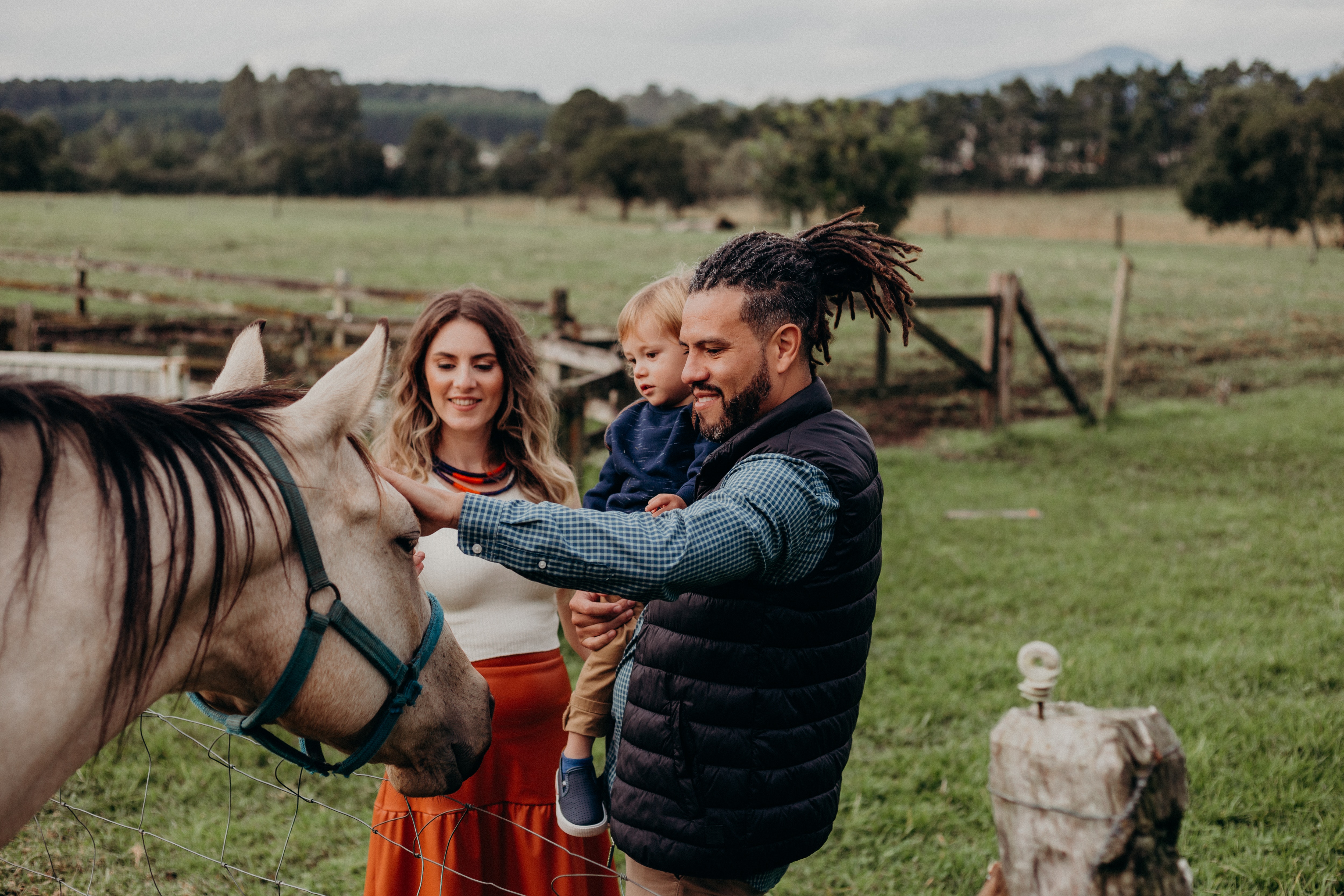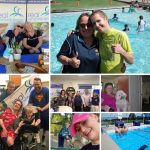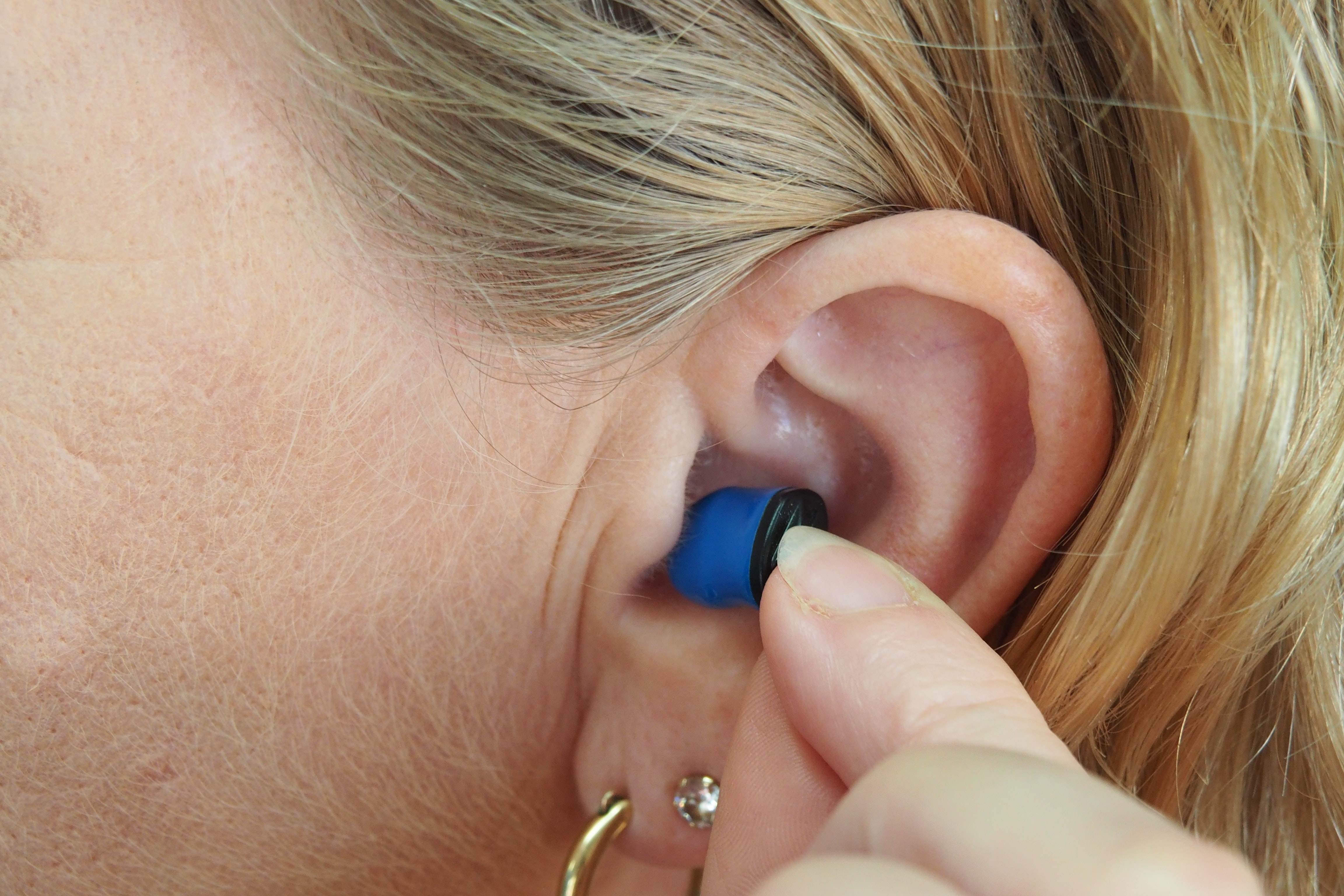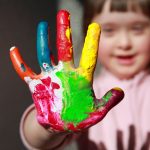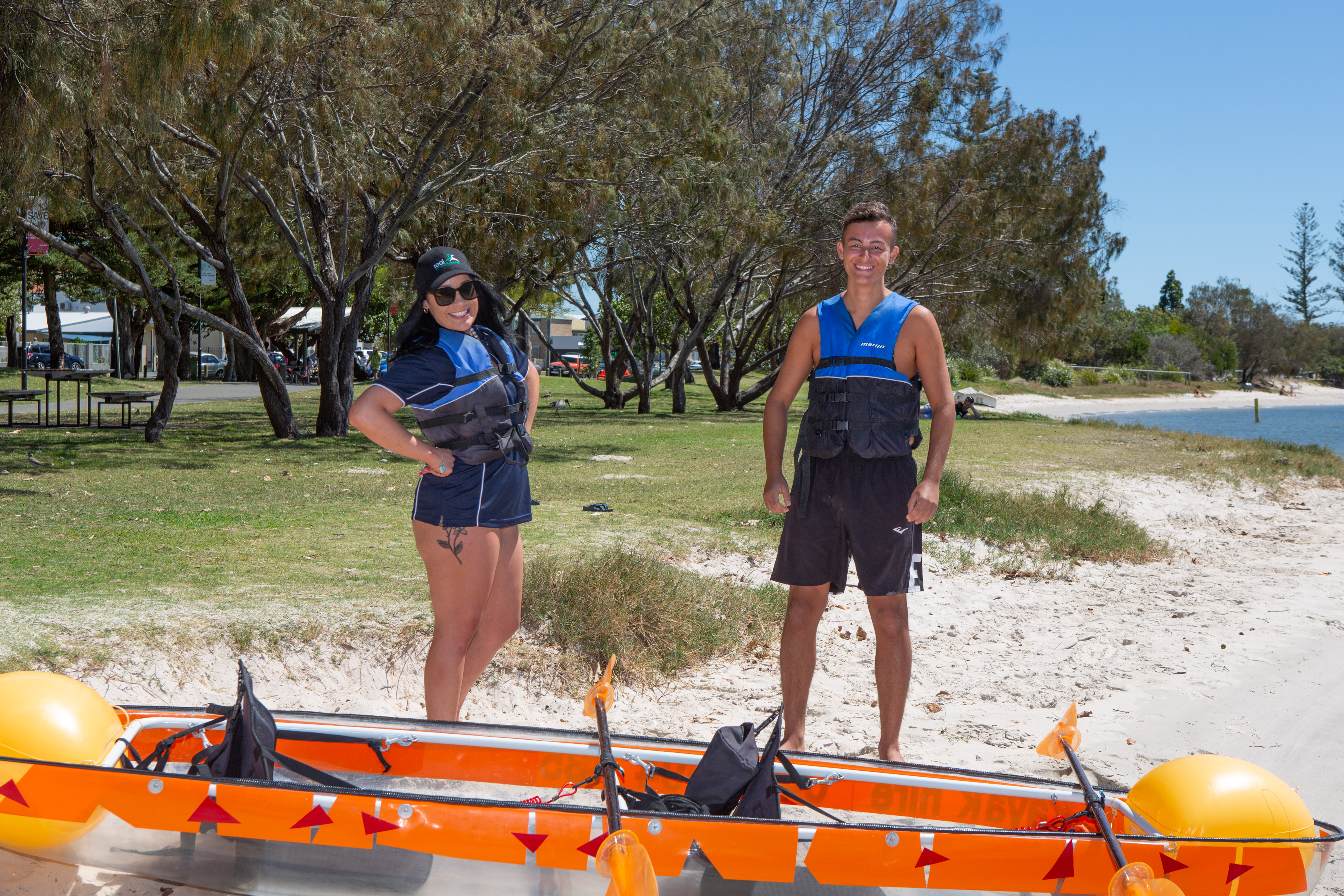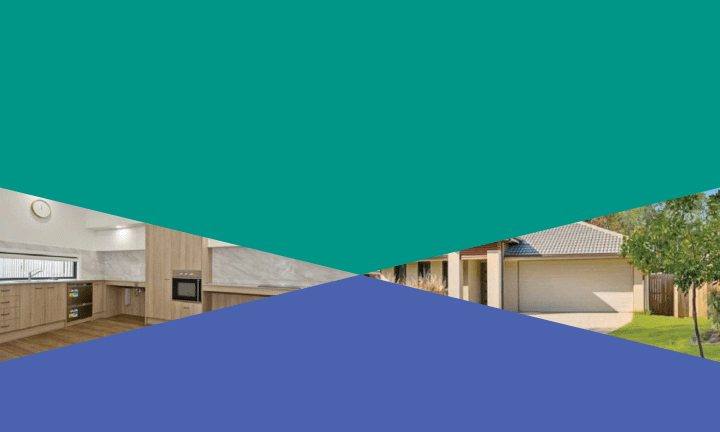Often when we think of someone living with a disability, we think of those with ‘visible’ physical disabilities like those requiring wheelchairs or a guide dog. But there are also lots of other disabilities, invisible disabilities, that aren’t so easy to identify.
What are invisible disabilities?
The term invisible disability refers to diseases or injuries that aren’t always obvious to an onlooker. These can include chronic pain and fatigue, dizziness, cognitive dysfunctions, brain injuries, hearing and vision impairments, learning differences or mental health disorders.
It can be a child living with autism or Asperger’s, an adult recovering from a brain injury, or someone undergoing treatment for a chronic autoimmune disorder. All of these disabilities can severely impact a person’s ability to go about their day-to day activities, limit their employment opportunities, and affect their social life.
How common are invisible disabilities?
Because invisible disabilities cover a broad spectrum of diseases and conditions, it can be hard to pinpoint exactly who or how many people suffer from an invisible disability. According to The Australian Institute of Health and Welfare, one in five Australian’s are living with a disability. Of this number the Australia Bureau of Statistics reports that almost one-quarter (23.2%) of all people with disability reported a mental or behavioural disorder as their main condition.
Another 700,000 Australians are said to live with a brain injury, while approximately 1 in 70 Australians have been identified as on the autism spectrum.
What resources are available to those living with invisible disabilities?
While life can be challenging for those living with an invisible disability, we are seeing more and more initiatives and programs that aim to raise awareness and provide support for those living with invisible disabilities.
The Australian Invisible Disabilities Access Card and Lanyard provides evidence that you need discreet assistance and outlines the nature of the assistance you require. It’s designed to allow people living with invisible disabilities to ask for help or access to modified disabled facilities with ease and dignity.
Following on from UK airports, Brisbane Airport established their own Hidden Disabilities program to support passengers travelling with invisible disabilities. Their program includes:
- Sunflowers Lanyards- a dedicated lanyard that passengers can wear through the airport from check in to departure to allow airport staff to recognise that they may require additional assistance throughout their journey.
- Sensory Maps- This identifies high sensory and low sensory areas to help passengers navigate through the terminal. This can help passengers prepare for additional noise, crowded areas and identify areas where they can stop in a quieter area if required.
- Social Stories – Illustrating both the international departures and international arrivals processes in an easy to understand and pictorial format.
How can we help those with invisible disabilities?
The most important thing anyone can do to help those living with invisible disabilities is to show patience and understanding. For many people living with invisible disabilities they are often questioned when using accessible parking or disabled facilities. This can often cause frustration and embarrassment as they are forced to defend and explain their illness – often to strangers!
It’s important not to judge or jump to conclusions when you see someone using these facilities remembering that somebody using an accessible parking space may suffers from severe arthritis or chronic pain., or someone who appears able-bodied may use a accessible bathroom because they have a colostomy bag and need the private hand basin in the stall with them to clean up.
At Real Community Services we provide experienced, quality support to people of all ages living with both visible and invisible disabilities. With a brilliant team of support workers across south east Queensland, we are there to help realize their goals and build a life full of possibilities. Talk to one of our friendly team about our in-home support and community participation programs on 1300 007 270.

